Traditional construction materials and methods and time-tested, reliable, and easy to implement on any jobsite for any project. But constructing a building, beam by beam, in an open outdoor environment, is an arduous and often wasteful task.
The construction industry is responsible for approximately 40% of waste worldwide. Turning to greener building practices, such as sustainable building materials and prefabricated materials, is a huge step in the right direction toward reducing the construction industry’s carbon footprint.
Table of Contents
What is Prefabrication?
In terms of construction materials, prefabrication is a factory process that combines multiple single construction materials into a larger piece before transporting the whole to a construction site for installation.
For example, wall panels can be prefabricated to include insulation, and even windows and doors.
Where Does Prefabrication Take Place?
Prefabrication takes place in an off-site factory environment. To better improve your project’s carbon footprint, work with a local factory to keep transportation costs and environmental impact low.
What Materials Are Typically Prefabricated?
There are so many pieces that go into constructing a building. From the smallest nail or bolt to the walls and roof that enclose the space, building everything, on site, from scratch, will undoubtedly lead to waste. Prefabricating major parts of a building will help ease the amount of waste generated during the project. Consider fabrication for materials like:
Roof & Floor Trusses
The roof and floor trusses of your building must be engineered properly to ensure they provide adequate structural support. Designing and fabricating them off site in a controlled factory environment allows for precise measurements and cuts to satisfy load-bearing requirements are met well before on-site installation.
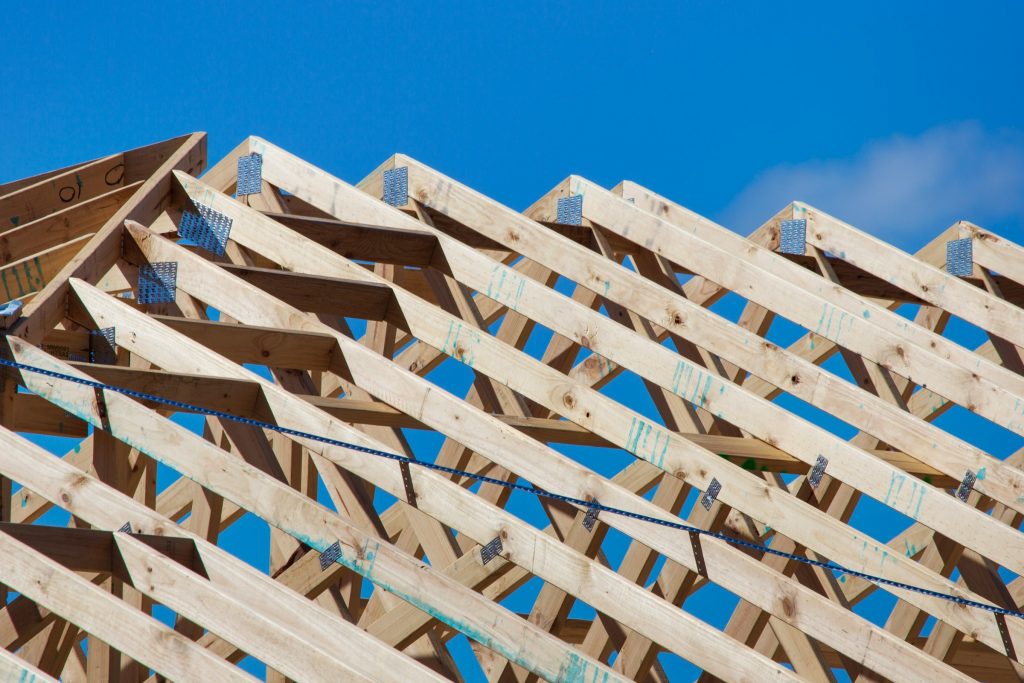
Wall Panels
Both interior and exterior wall panels can be constructed and come pre-insulated. The prefabrication process can also add windows, doors, and finishes, meaning the panel is ready to be installed upon arrival to the jobsite.
Staircases & Railings
Prefabricated stairs are built to design and building code specifications in the closed factory environment for minimal error, then delivered to the jobsite for installation.
Steel Framing
The measure, mark, cut, and assemble of framing is a tedious task but also the most important. On site, there is room for error. Prefabricated framing assembled in an off-site factory experiences little error or waste, and framing can be bolted and welded in upon arrival.
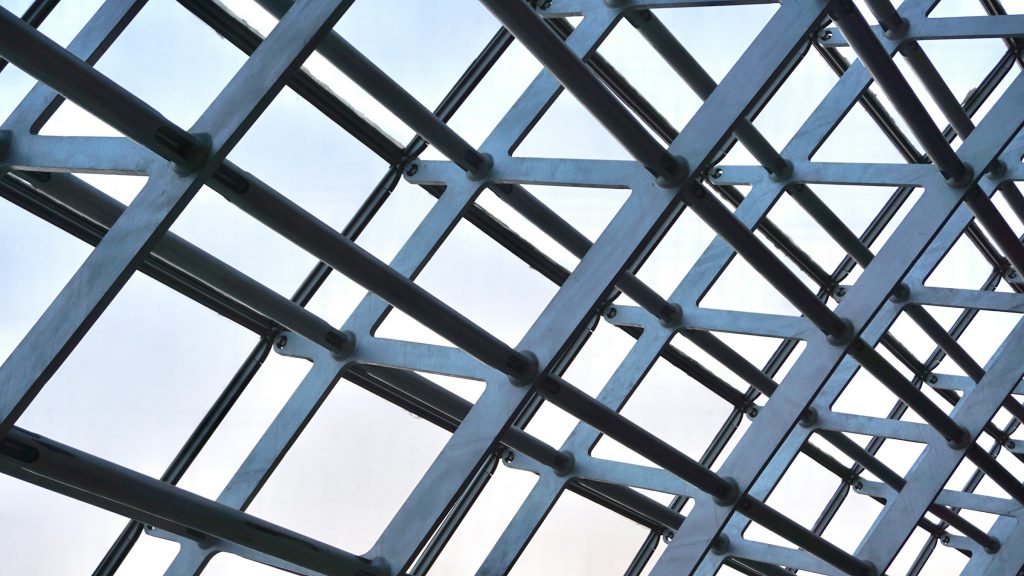
Culverts & Drainage Systems
Your project will include planning for the water and wastewater systems of the building, which can also benefit from prefabrication. Concrete pipe, boxes, and other essential structures essential for good drainage and water flow management are easily prefabricated off-site and installed upon arrival. This is true for buildings as well as larger scale projects like highways and other infrastructure.
Modular Pavement Systems
If your project includes roads, consider prefabrication. Sections of pavement can be created off-site and assembled to create safe, durable driving surfaces.
Bridge Components
If your project includes the construction of roads and bridges, components of those bridges can be prefabricated as well. Beams, girders, deck segments, and pier caps can be constructed off-site and transported to the jobsite for installation.
The Benefits of Prefabrication
The above are just some of the ways you can utilize prefabrication on your next building project. There is a long list of benefits to using prefabrication for these items and others, including:
Reduced Energy Use
If one of the goals of your next building project is energy efficiency, both during the building process and the end product, prefabrication can help with that. On-site construction uses a variety of heavy machinery and tools.
Prefabrication on the other hand, uses a factory-optimized process with efficient machines to make the right cuts the first time and reduce overall energy used to construct the material.
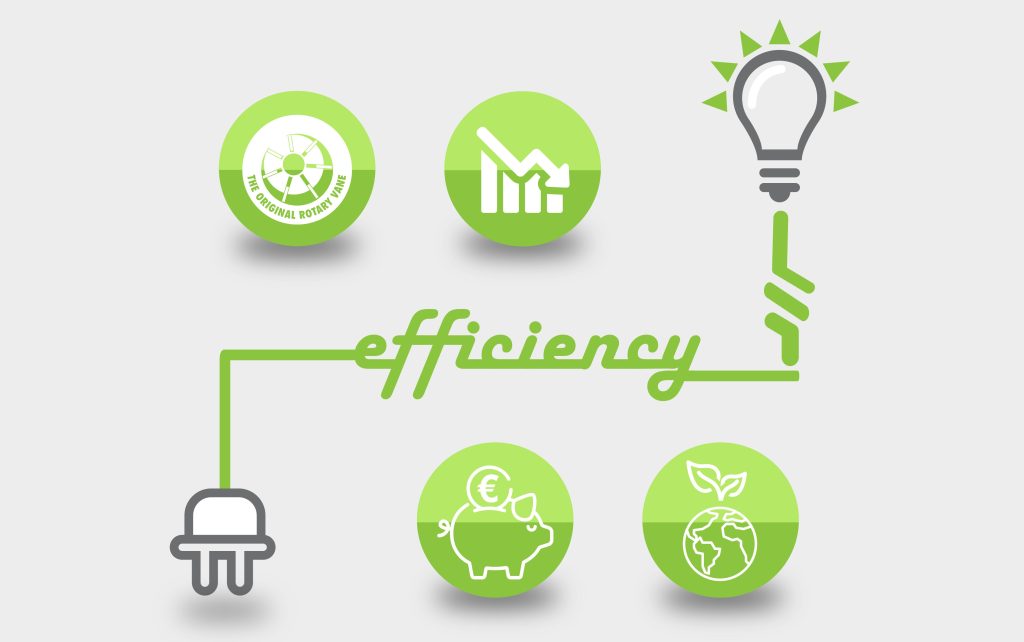
The factory minimizes waste and possesses a unique ability to reuse and recycle scrap material rather than tossing it away.
Reduced Carbon Footprint
As we stated in the beginning, the construction industry is responsible for no less than 40% of waste worldwide. Your project is but a small portion of that, but it can make a big impact toward reducing that number.
Turning to prefabrication reduces your project’s carbon footprint in a myriad of ways. First and foremost, it cuts down on the number of on-site deliveries (and the carbon emissions by the vehicles transporting them). Traditional projects which receive separate deliveries for lumber or steel, insulation, windows, doors, and the like create a larger carbon footprint than a prefabricated project which can deliver a completed panel containing all of those materials in one delivery.
Additionally, prefabricating these pieces in the factory uses less energy and produces less waste and emissions than the large construction machinery needed for on-site building and assembly.
Save Time
Weather, labor shortages, searching for misplaced maters, backordered supplies. All of these reasons and more affect your project’s timetable. When materials are arriving separately for traditional construction, you may end up waiting on something important that may make or break a timetable.
Utilizing prefabrication in your next building project means you won’t be marking time waiting for materials to arrive separately. Prefabricated pieces are complete and ready to install upon arrival at the jobsite.
Reduced Storage Needs
Have you ever looked at stacks of building materials sitting on a jobsite waiting to be used? Stacked sheets of drywall, piles of lumber or steel, bags of cement, and more accumulate in an area of the jobsite as they wait to be used. You may even consider renting storage containers to hold it all.
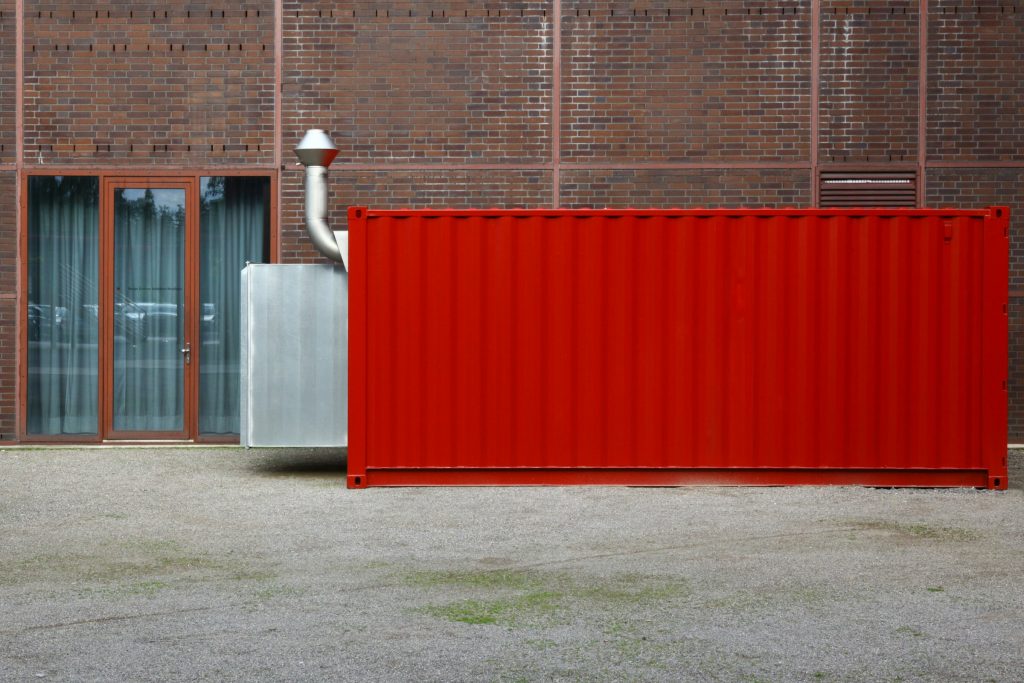
However you store your building materials on site, choosing prefabrication means cutting down on the amount of materials needing to be stored. Receiving a completed wall panel or truss reduces the need for stacks of drywall or piles of lumber or steel needing to be stored.
Precision
Measure once, cut twice. Or is it measure twice, cut once? While you can still take accurate measurements and make accurate cuts on the jobsite, parts prefabricated in a factory don’t have to worry about the background noise and activity of a construction site.
Design tools and manufacturing technologies, along with the absence of distraction, make for precise measurements and cuts, the first time, every time. These precise cuts utilize less material, produce more pieces, and eliminate scraps from poor cuts.
You’ll spend your time on the jobstie installing completed, accurate components rather than dealing with costly rework should something go wrong.
Risk Management
Risk management in the construction industry relies on the controlling of variables. When you take the construction of components indoors to the controlled environment of a factory or warehouse, you take away the unpredictability of the jobsite and replace it with a more methodical and precise approach to mitigate risks typically encountered on a jobsite (weather, site conditions, labor, etc.).
A large part of risk management is controlling the construction timetable. Prefabricated materials make controlling that timetable more reliable, with quality control checks occurring in the factory’s controlled environment.
Speed
When your company is bursting at the seams and needs a new building sooner rather than later, utilizing prefabrication in your construction process is a way to get into your company’s new digs more quickly.

Prefabrication in a factory leads to more precise cuts, less overall waste, and the need for costly – in both time and money – rework. Delivering a stack of panels already insulated and possibly even with windows and door attached, and finishes in place, all that’s needed on-site is assembly.
Labor Efficiency
Maximize your construction site’s labor efficiency by bringing together specialized labor – machine operators, assembly technicians, etc. – in a closed, controlled setting. These workers focus on precision and quality control measures without the background noise, commotion, and other variables found at traditional construction sites.
Such conditions not only enhance quality, but safety as well, adding to overall project cost savings.
Risks of Prefab Constructions
Everything has a downside, including all these benefits of using prefabrication on your next construction project.
Interface Management
When you measure twice and cut once right on the jobsite, you can see how things are going to fit together, and make the precise cuts to ensure the puzzle fits together without any gaps.
While prefabrication means everything is done when it arrives, separate pieces created in different factories have the potential to not fit seamlessly together on-site. Adjustments can likely be made, but significant misalignment can result in the costly rework you hoped to avoid.
Liability
What if something does go wrong? Who will be held liable for those interface management discrepancies? When first contracting with a prefabrication company, make sure everything, including liability, is outlined in the contract.
These contracts define who is responsible for defects, mismatches, and the like from the start of the job until the last piece is secured in place. With these proactive and encompassing contracts, projects can move forward with the efficiency advantages prefabrication promises.
Transportation & Storage
It takes careful planning and execution to transport oversize components like prefabricated construction materials. An appropriate size tractor trailer, as well as special route planning to get items to jobsites – especially in urban areas – are necessary for the success of utilizing prefabrication in your next construction project.
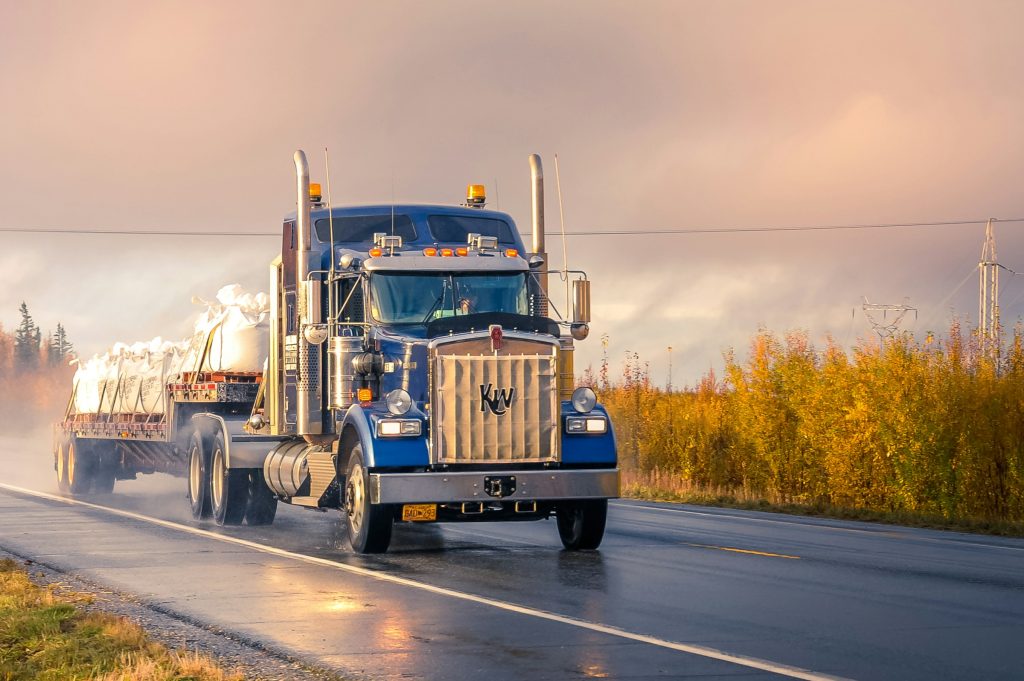
Additionally, the speed and precision of prefabrication means materials may be ready before your jobsite is ready for them. Factories cannot hold completed product for long, as they have other clients and projects that need adequate space. You may still need to store prefabricated components on-site while waiting for the right moment to install them. The storage container you thought you wouldn’t need becomes a necessary piece of equipment for a successful build.
Design Changes
At Structr Group, we do our best to evaluate site conditions and mitigate risk before ground is broken and the foundation poured. But there is still room for things to change, whether it’s material availability or client design preferences changing, the littlest change can render an entire prefabricated material useless.
Because everything is done in a factory to a precise set of specification and site assessments, discrepancies between expected and actual site conditions may lead to unforeseen complications.

To mitigate such design discrepancies, especially after fabrication work has started, stringent design freeze policies may be written into contracts to avoid large scale changes that render prefabricated materials unusable.
Final Thoughts
Before starting your next construction project, it’s worth your time to consider prefabricating some larger and more common elments of your project. Prefabrication promises a smoother overall project experience along with the peace of mind that human error and costly changes can be avoided.
Structr Group can help you navigate the advantages and disadvantages of prefabrication to help you decide if it’s right for your next project.
Contact us today!
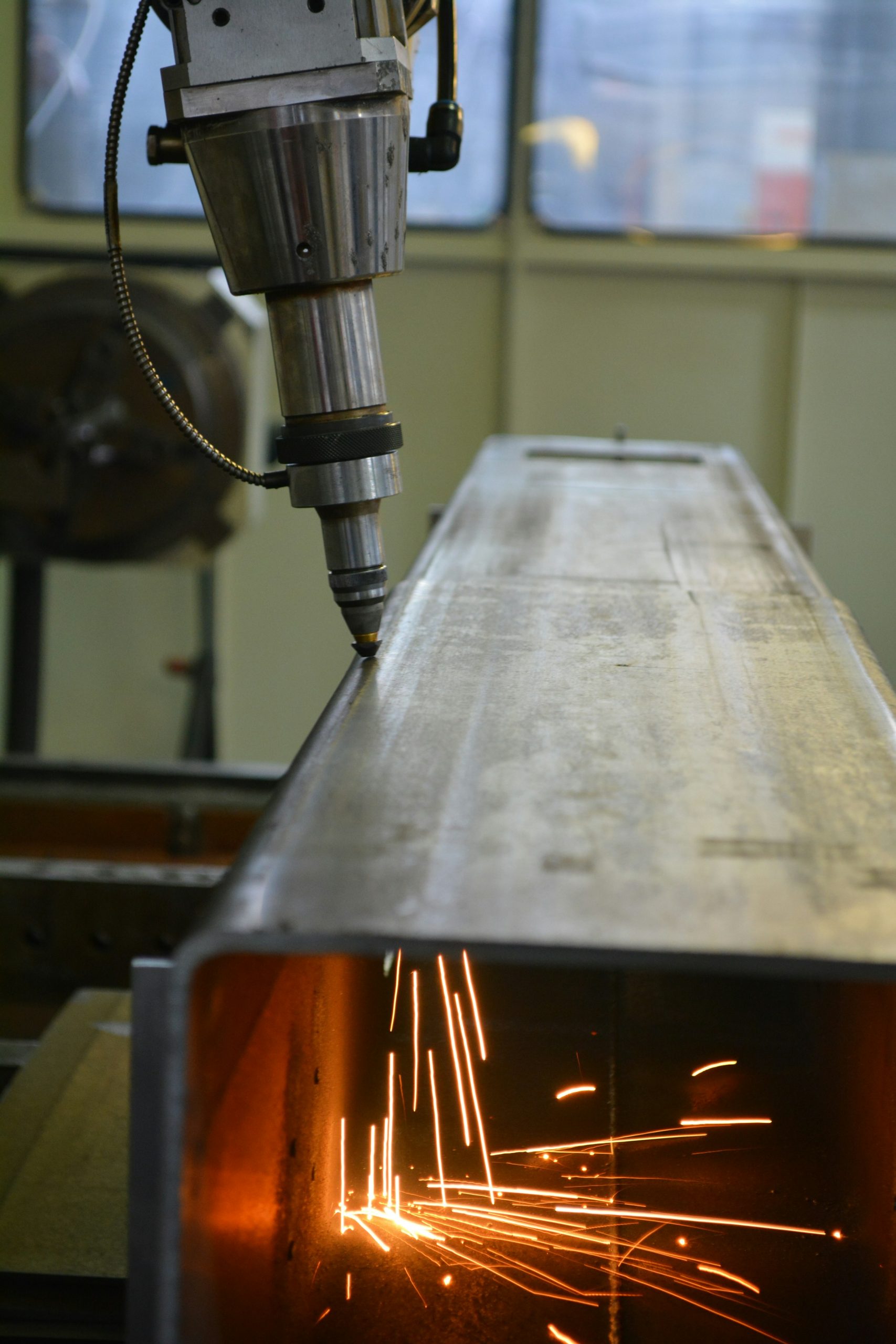
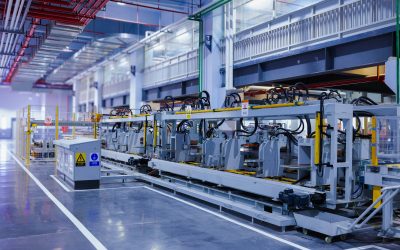


0 Comments